Expert Tips: Handling Wear and Tear on Plastic Cards
Table of Contents []
- Handling Wear Tear Plastic Cards
- Maximize the Lifespan of Your Plastic Cards with Expert Tips
- Protecting Your Cards from the Environment
- Status Quo of Smart Cards and Security Features
- The Correct Way to Clean and Disinfect Your Plastic Cards
- Choosing and Using the Perfect Card Printer
- In Case of Damage: Repairing Your Plastic Cards
- Recycling Your Used Plastic Cards
- Choose Plastic Card ID for Reliable Plastic Card Solutions
Handling Wear Tear Plastic Cards
Maximize the Lifespan of Your Plastic Cards with Expert Tips

Plastic cards have become indispensable in our daily lives, whether they're for access control, membership identification, or gift-giving. But with frequent use, wear and tear are inevitable. At Plastic Card ID , we understand the importance of maintaining your cards not just for functionality, but also for preserving the image of your brand. Follow our expert advice to ensure that your cards remain a durable and pristine representation of your business's commitment to excellence.
Keeping your plastic cards in top condition doesn't have to be a chore. Simple habits and protective measures can vastly prolong their lifespan. Our strategies focus on everyday handling and storage, cleaning techniques, and understanding the materials involved. With these tips, every card can stand the test of time.
For ordering new plastic cards, card printers, or refill supplies, and for any questions, feel free to reach out to us nationally at 800.835.7919 . Our team is ready to assist you with the high-quality service you expect and deserve.
Everyday Handling and Storage
Daily usage is the most common cause for wear and tear on plastic cards. However, with proper handling and storage, you can minimize the risks. Begin by always holding cards by the edges to avoid fingerprint marks and wear on the card's surface. When not in use, store your cards away from direct sunlight and high temperatures, as these factors can fade colors and warp the plastic.
Encouraging cardholders to use card sleeves or protective wallets can provide an additional layer of defense against scratches and external pressures. By taking these basic precautions, your cards will maintain their original condition much longer.
Effective Cleaning Practices
Dirt and grime can accumulate on plastic cards, detracting from their appearance and potentially affecting their functionality. To keep cards looking spotless, regularly wipe them with a soft, slightly damp cloth. Avoid harsh chemicals, as these can damage the card's finish and printed details.
For more stubborn dirt, a gentle alcohol-based solution can be used sparingly. Ensure the card is dried thoroughly with a soft cloth to prevent water damage to electronic components in smart cards.
Understanding Materials and Usage
The longevity of plastic cards also hinges on understanding the materials they are made from. Cards with additional features like magnetic stripes or chips require special attention. Avoid bending these cards or exposing them to strong magnetic fields, as this can render them unusable.
Know the limits of your card's durability. For instance, while some cards are designed to be waterproof, others may not survive exposure to liquids. Apprising users of their card's specific care requirements can go a long way in preserving their lifespan.
Protecting Your Cards from the Environment
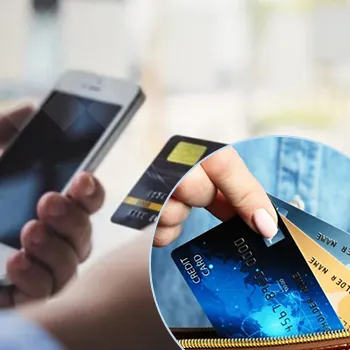
Environmental factors are a significant cause of deterioration for plastic cards. Prolonged exposure to environmental elements like UV rays, moisture, and extreme temperatures can lead to fading, de-lamination, and other damages.
Minimize exposure to these elements by storing cards in shaded, cool, and dry locations. When cards are carried outside, advise holders to keep them tucked away in a protective case or within their wallets to shield them from the elements.
For replacements or to explore our range of protective accessories, don't hesitate to reach out at 800.835.7919 . We're here to offer solutions that maximize card longevity.
UV Exposure
Sunlight can be particularly harsh on plastic cards, causing colors to fade and materials to degrade. If your cards must be displayed or used outdoors, try to limit their direct exposure to sunlight or opt for cards specifically designed with UV-resistant properties.
Using UV protectant sleeves when the cards have to be out in the sun can minimize harmful effects. Also, consider having a rotation system to avoid leaving the same cards exposed day in and out.
Dealing with Moisture
Moisture can cause warping and peeling, especially in layered cards. To prevent moisture damage, ensure that cards are thoroughly dried if they get wet and avoid storing them in humid places.
If your cards will be used in settings where contact with liquids is common, like swimming pools or spas, investing in waterproof cards is a wise decision that will prevent recurring replacements.
Temperature Extremes
Both heat and cold can adversely affect plastic cards. High temperatures can lead to melting or warping, while cold conditions can make cards brittle.
Avoid leaving cards in places with drastic temperature changes, such as vehicles or near heating and cooling units. Indoor storage with a consistent moderate temperature is ideal for preserving the integrity of your cards.
Status Quo of Smart Cards and Security Features

Modern plastic cards often come equipped with smart features that increase their functionality. Magnetic stripes, chips, and contactless technology make these cards more versatile but also more delicate.
Specialized handling is key to ensuring that these smart features remain unaffected by daily use. The way you carry, store, and use your smart cards can significantly impact their longevity. We provide advice on how to manage these high-tech cards effectively.
When you need advice on handling your specific card type or if you have concerns about maintaining security features, we've got you covered. Give us a ring at 800.835.7919 for personalized support and solutions.
Magnetic Strip Maintenance
Cards with magnetic stripes must be protected from scratches and magnetic interference. Carrying these cards next to keys or coins can lead to data loss and stripe damage. It's best to store them in individual cardholders or sleeve protectors that keep the magnetic strip isolated.
Remember to keep magnetic-stripe cards away from magnetic fields generated by electronic devices, as they can erase the stored information.
Chip Card Care
Chip cards require careful handling to avoid damage to the embedded microchips. Avoid bending or applying pressure to the chip area. When inserting chip cards into readers, be gentle and precise to avoid chip misalignment or breakage.
For chip card maintenance tips and suggestions on suitable card printers for your needs, look no further than our extensive selection.
Preserving Contactless Cards
Contactless cards are convenient but sensitive to physical and electronic interference. Keep these cards away from strong electromagnetic fields and avoid stacking them with other contactless cards to prevent signal crossover and data corruption.
Using a specially designed RFID-blocking holder can provide added protection against potential data theft and electronic damage.
The Correct Way to Clean and Disinfect Your Plastic Cards
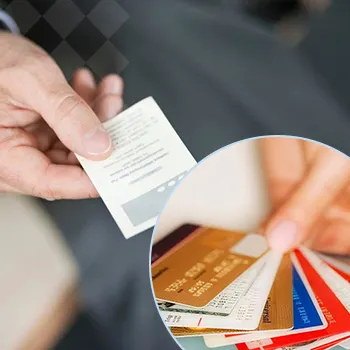
Plastic cards can harbor bacteria and germs, which makes regular cleaning a necessity. However, it's crucial to use the right techniques and products to ensure that you're not causing more harm than good. We'll steer you through the correct way to disinfect your cards without compromising their structure or readability.
If there's ever uncertainty about the best practices for cleaning your particular card type, remember our team is just a phone call away at 800.835.7919 . We can guide you through the process or recommend the best products for safe cleaning.
Appropriate Cleaning Agents
When selecting a cleaning agent for your plastic cards, opt for mild soapy water or an alcohol-based solution that is not too concentrated. Abrasive cleaners, bleach, or other harsh chemicals should be avoided as they can damage the card's surface and printed elements.
When using any cleaning solution, apply it to the cloth first rather than directly onto the card, as this will help in controlling the amount you use and prevent soaking the card.
Regular Cleaning Schedule
Establishing a regular cleaning schedule based on card usage is a good practice. Cards that are used and handled frequently, such as access cards, should be cleaned on a daily or weekly basis, depending on the level of use and exposure to different environments.
For less frequently used cards, a monthly cleaning routine may suffice. It all depends on the specific demands placed on your cards.
Drying Techniques
After cleaning, drying your plastic cards properly is just as important as the washing process. A lint-free cloth is ideal for drying cards gently without leaving any fibers behind. Allow the card to air dry completely before using or storing it, making sure no moisture remains that might seep into the card.
Avoid using heat sources for drying, such as hair dryers or heaters, as they can warp or damage the plastic.
Choosing and Using the Perfect Card Printer
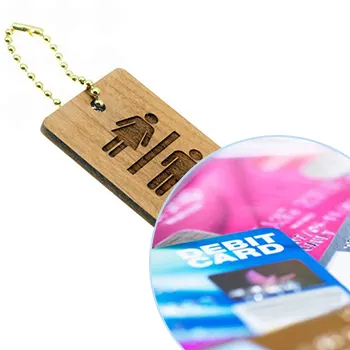
A key factor in prolonging the life of your plastic cards is the quality of printing. A good card printer not only produces sharp and vibrant cards but also applies prints that can resist fading and wearing off over time. Knowing which printer is suitable for your needs is essential, and we're here to help you make the right choice.
When you find yourself in search of the ideal card printer, or if you require assistance with your current printer, just remember to call us at 800.835.7919 . Our product range and expertise are at your disposal.
Understanding Card Printer Options
Card printers come in various models, each with specific features tailored to different printing needs. From direct-to-card printers that are cost-effective and fast, to retransfer printers that offer high-quality, over-the-edge printing, there's a printer for every requirement.
Consider the volume of cards you need to print, the level of detail, and whether you'll be printing on a single side or both. We can navigate you through the options to find the perfect fit.
Maintaining Your Card Printer
Just like your cards, your card printer requires regular maintenance to function optimally. Keeping your printer clean and using only high-quality ribbons and supplies will not only ensure the best print results but will also extend the life of your printer.
Consult the printer's manual for specific maintenance instructions or reach out to us for professional advice.
Selecting the Right Printing Supplies
The right printing supplies make all the difference in the longevity of your printed cards. High-quality ribbons, overlays, and laminates not only enhance the appearance of your cards but also provide a protective layer against wear and tear.
Invest in top-notch supplies, and always ensure they are compatible with your printer model for the best outcomes.
In Case of Damage: Repairing Your Plastic Cards

Accidents happen, and plastic cards are not immune to damage. When faced with a scratched, chipped, or otherwise impaired card, it's important to assess whether it can be salvaged. We offer repair options for less severe cases, potentially saving you the cost and effort of a full replacement.
If you're experiencing card damage and need professional advice, feel free to give us a call at 800.835.7919 . We'll evaluate the situation and provide you with the best course of action.
Surface-Level Scratches
Minor scratches may not affect the card's functionality but can impact its aesthetic. While deep scratches are often irreversible, light surface marks can sometimes be buffed out or covered with a clear adhesive overlay.
We can guide you through the process of minor scratch repair, ensuring that your cards look presentable for as long as possible.
Dealing with Chips and Cracks
A chipped or cracked card is more problematic, as it can lead to complete card failure, especially if it houses a chip or magnetic stripe. If the damage is confined to a corner or edge without compromising the card's integrity, a protective sleeve might provide a temporary fix.
However, if the damage is extensive, it's safer to replace the card to avoid any security breaches or malfunctions.
When to Opt for Replacement
It's essential to recognize when a card is beyond repair. If a card's magnetic stripe, chip, or barcode is damaged, it's time for a replacement. The same applies to a card visibly warped or disfigured, as this can cause issues with card readers and scanners.
Consider the costs associated with repairing versus replacing, and never compromise the security or efficiency of your card system.
Recycling Your Used Plastic Cards

When cards reach the end of their lifespan, it's responsible to consider recycling options. While we don't focus heavily on eco-friendly methods, we acknowledge the importance of recycling and encourage our clients to do so where possible. Proper disposal can reduce the environmental impact and allows for the materials to be repurposed.
If you have cards ready for recycling or are unsure how to properly dispose of them, let us assist you. Just give us a call at 800.835.7919 for guidance.
Identifying Recyclable Materials
Many plastic cards are made from recyclable materials such as PVC. Check the recycling symbol and number on your cards to determine if they can be included in your regular recycling program. Some cards may need to be taken to a specialized recycling facility.
If identification proves difficult, we're here to help you discern the proper course of action for recycling your cards.
Prepping Cards for Recycling
Before recycling, it's important to ensure all personal data has been removed or destroyed. This might involve cutting up the cards, especially those with embedded chips or magnetic stripes.
We can provide advice on how to prep your cards safely and securely for recycling, ensuring your information remains protected.
Locating Recycling Facilities
Not all recycling centers accept plastic cards, given the different materials and security features they contain. We can assist you in finding the right facility that's equipped to handle plastic card recycling.
Together, we can contribute to a more sustainable future, one card at a time.
Get an Instant Quote
Visit PlasticCardID to get started!
Choose Plastic Card ID for Reliable Plastic Card Solutions
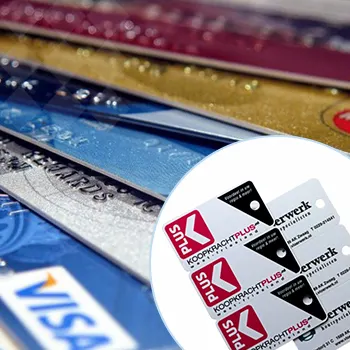
At Plastic Card ID , we are dedicated to providing you with the best advice on handling and caring for your plastic cards. Our goal is to ensure that every card you use remains a lasting testament to your brand's quality and resilience. With our expertise and support, your cards will withstand the rigors of daily use while maintaining their aesthetic appeal and functional integrity.
For any inquiries, orders, or advice on prolonging the life of your plastic cards, reach out to us at 800.835.7919 . Our team is eager to support you every step of the way, guaranteeing satisfaction with every phone call and ensuring your card-related needs are met with expertise and care.
Previous Page

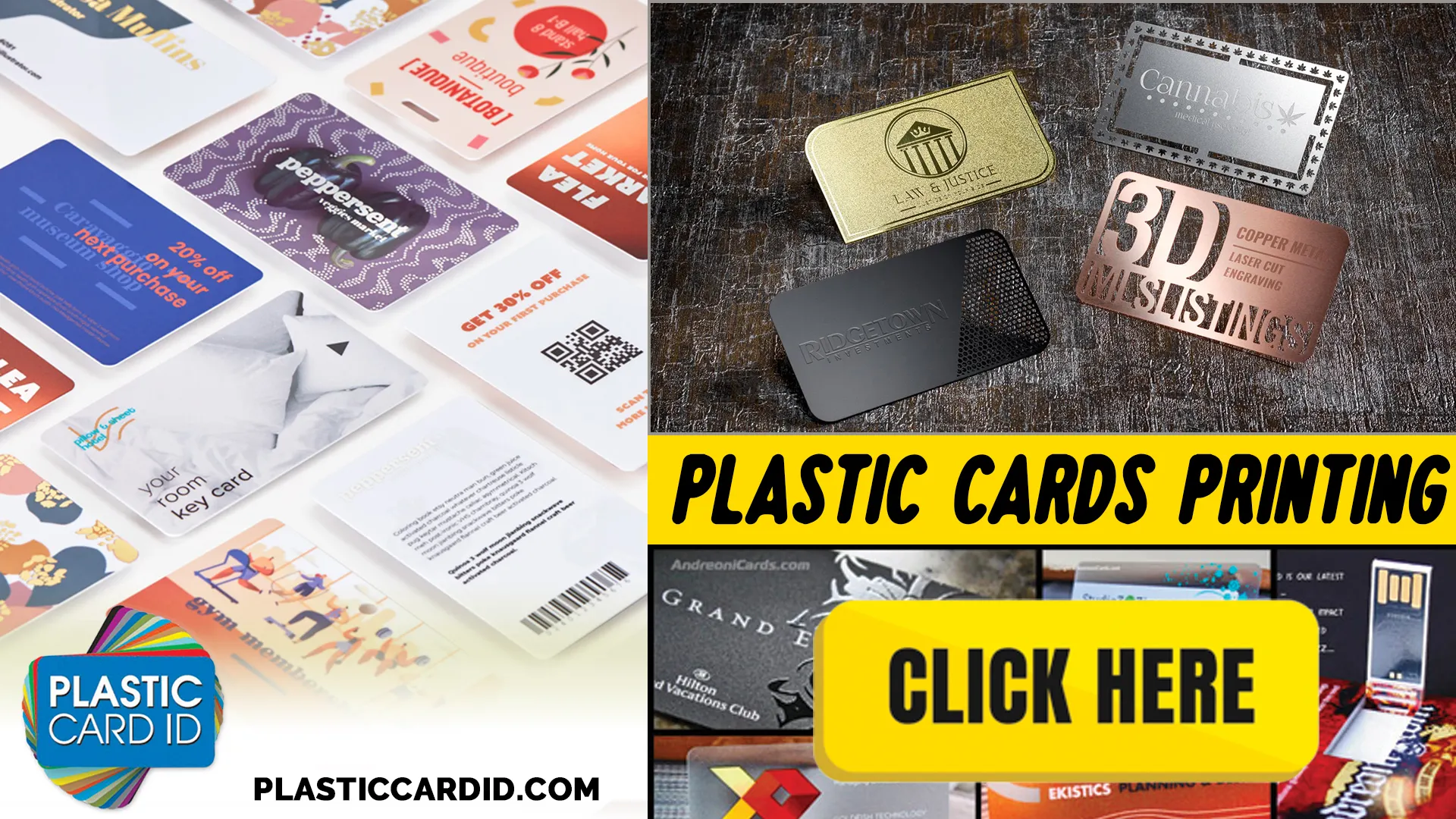

 Copyright © All rights reserved. Click here to view
Copyright © All rights reserved. Click here to view